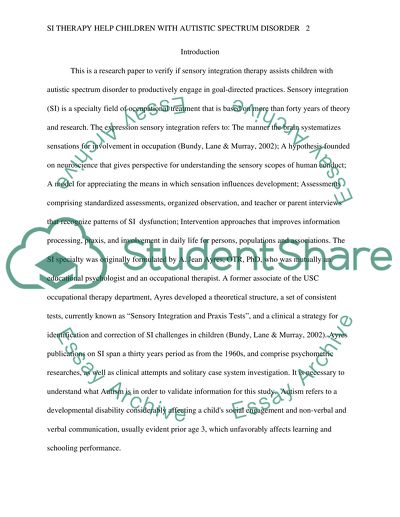Cite this document
(“Can SI therapy help children with autistic spectrum disorder Research Paper”, n.d.)
Can SI therapy help children with autistic spectrum disorder Research Paper. Retrieved from https://studentshare.org/health-sciences-medicine/1491526-ypcan-si-therapy-help-children-with-autistic
Can SI therapy help children with autistic spectrum disorder Research Paper. Retrieved from https://studentshare.org/health-sciences-medicine/1491526-ypcan-si-therapy-help-children-with-autistic
(Can SI Therapy Help Children With Autistic Spectrum Disorder Research Paper)
Can SI Therapy Help Children With Autistic Spectrum Disorder Research Paper. https://studentshare.org/health-sciences-medicine/1491526-ypcan-si-therapy-help-children-with-autistic.
Can SI Therapy Help Children With Autistic Spectrum Disorder Research Paper. https://studentshare.org/health-sciences-medicine/1491526-ypcan-si-therapy-help-children-with-autistic.
“Can SI Therapy Help Children With Autistic Spectrum Disorder Research Paper”, n.d. https://studentshare.org/health-sciences-medicine/1491526-ypcan-si-therapy-help-children-with-autistic.


